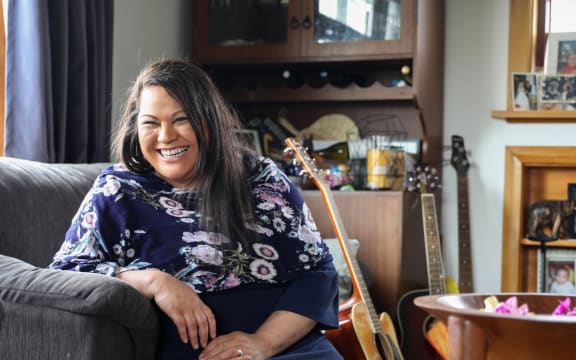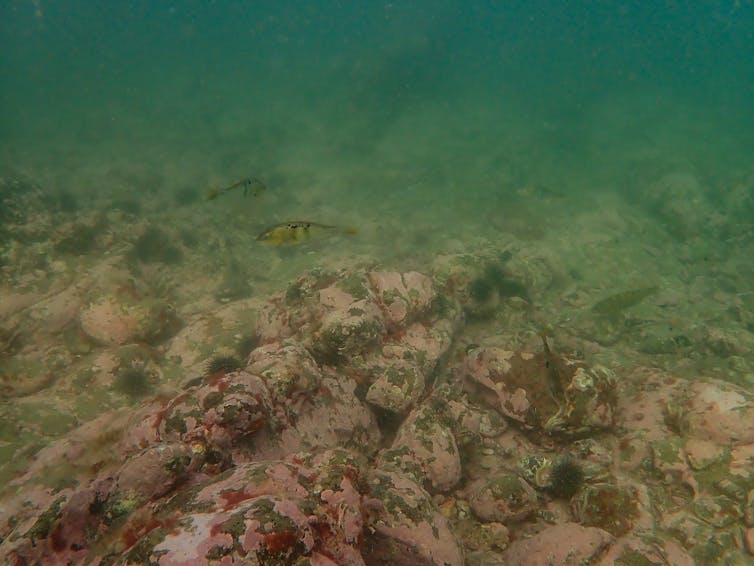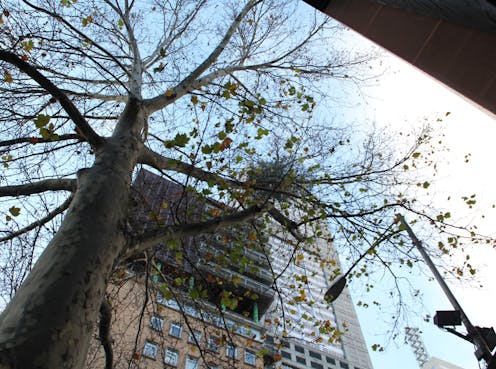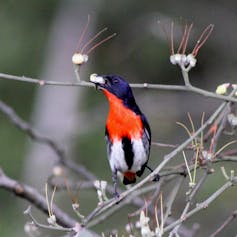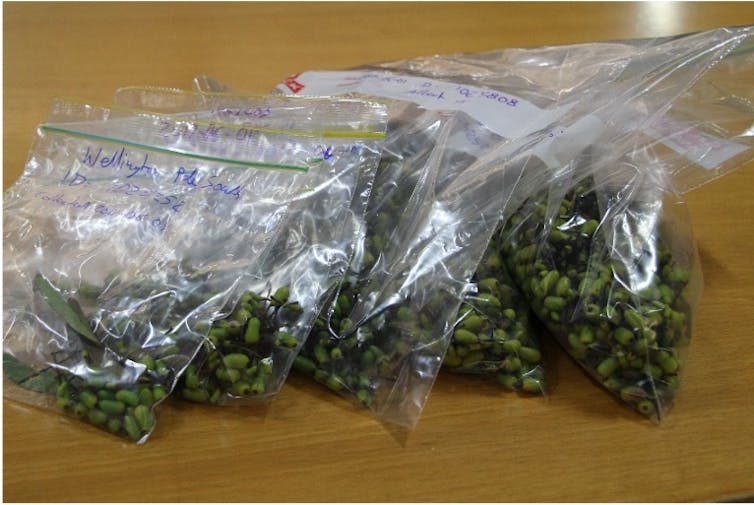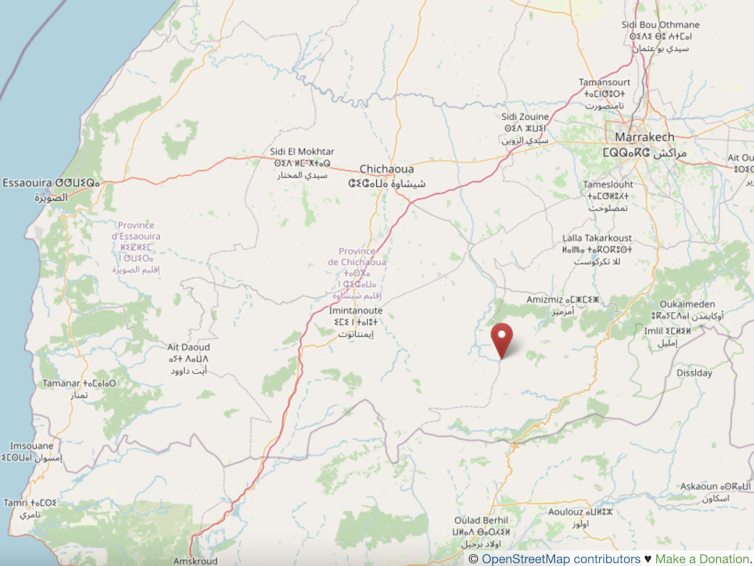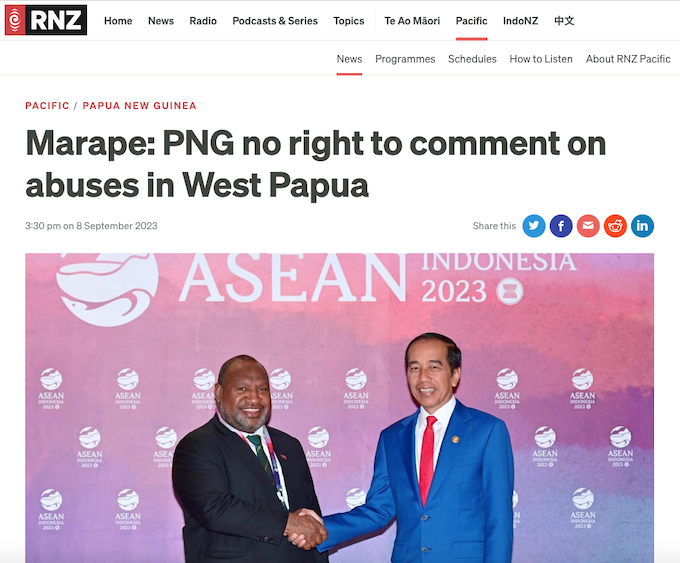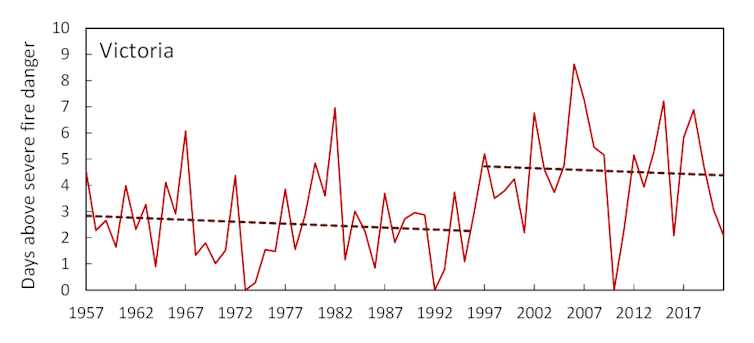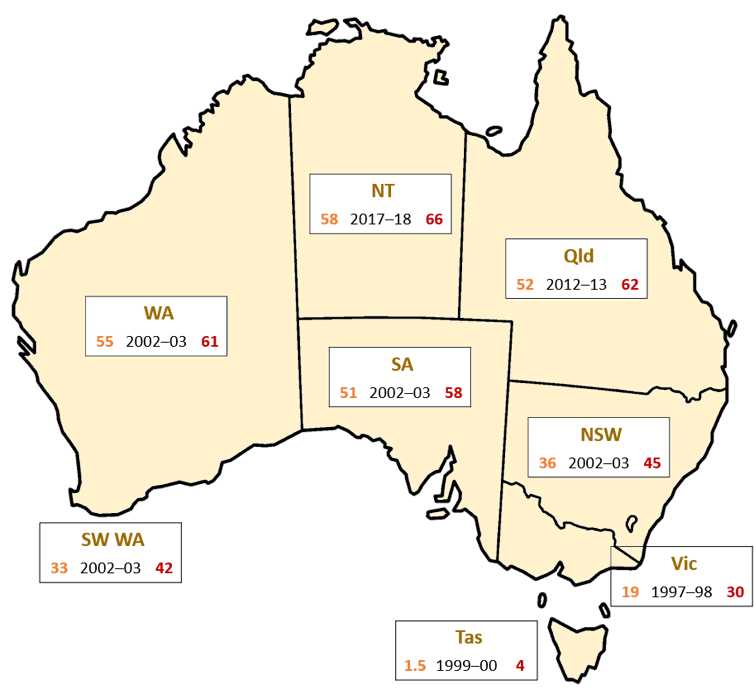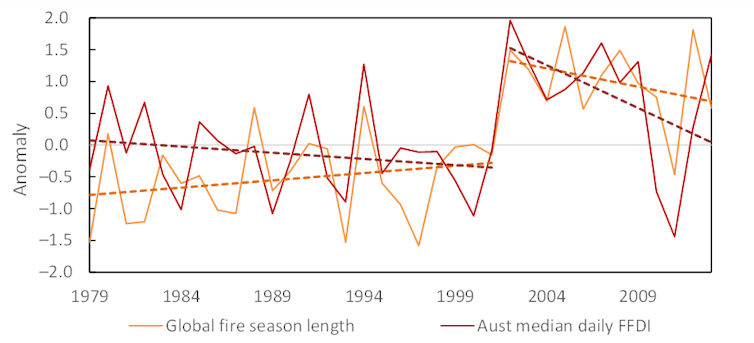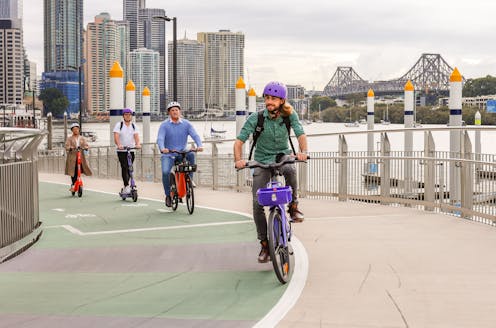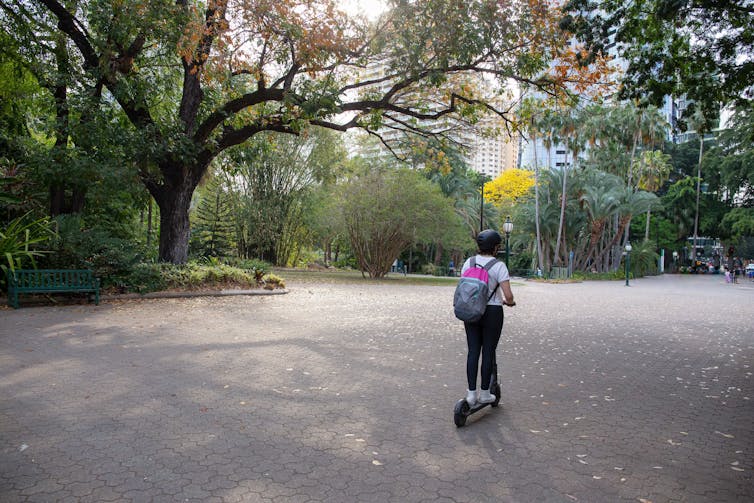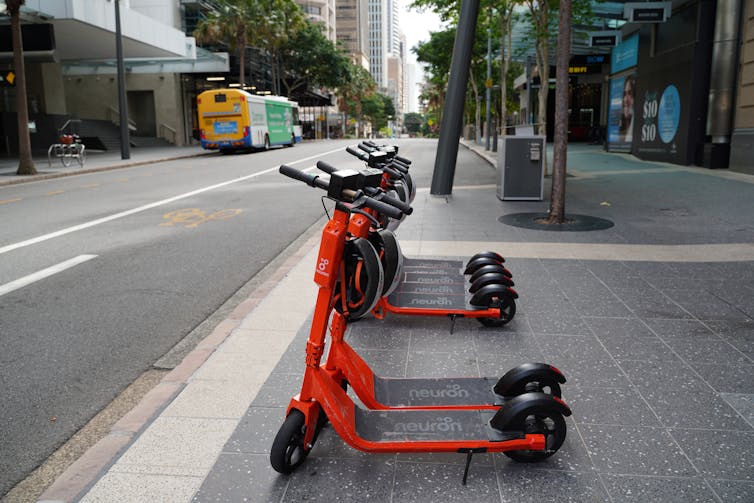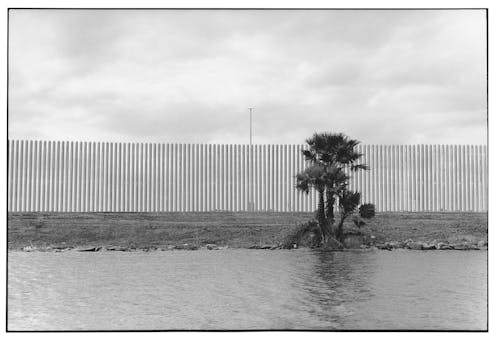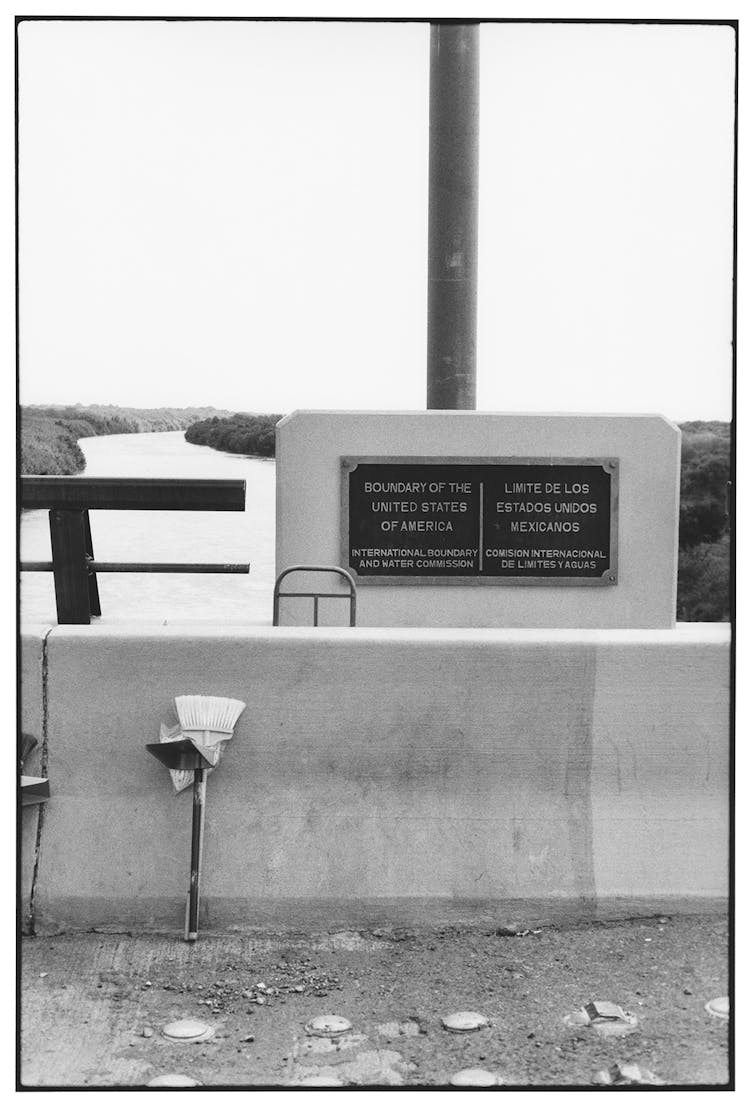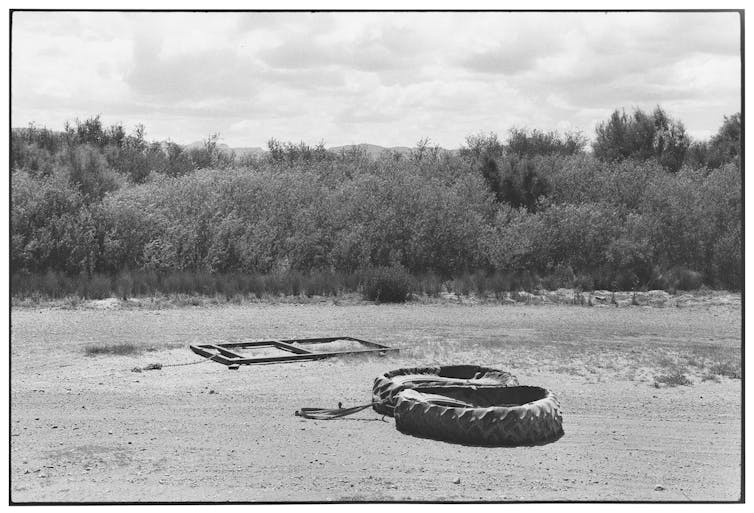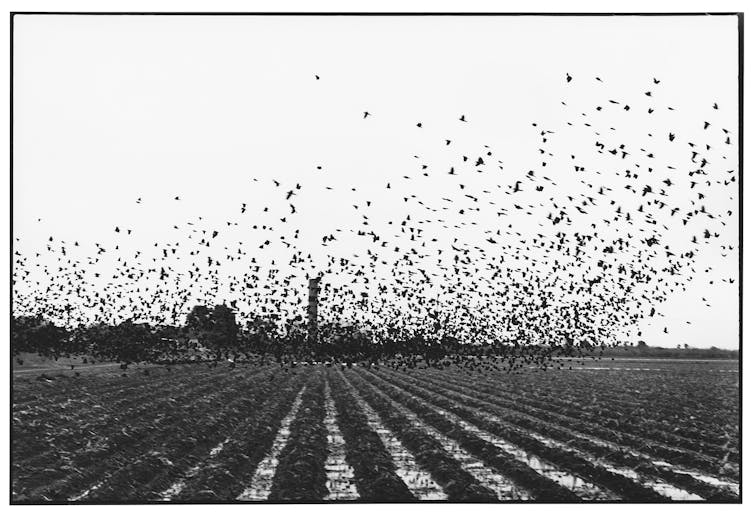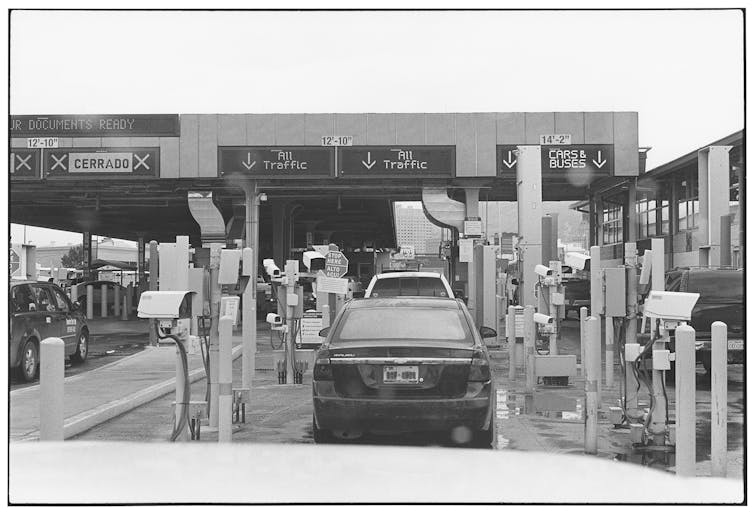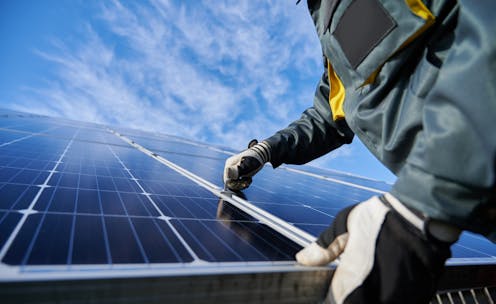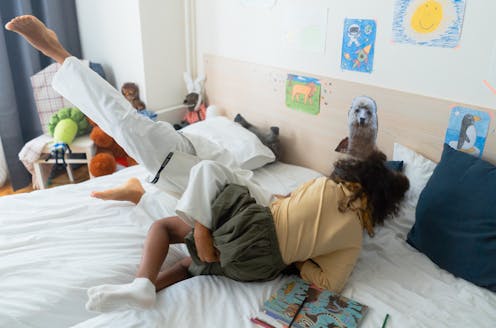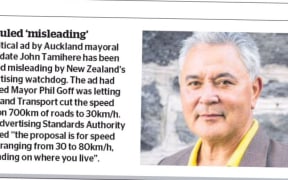Source: The Conversation (Au and NZ) – By Yanyan Hong, PhD Candidate in Communication and Media Studies, University of Adelaide

IMDB
In the ever-evolving landscape of Indian cinema, where movie stars rise and fall, one name has remained etched in the hearts of millions for more than three decades – Shah Rukh Khan, also known as “SRK”.
Fondly known as the King of Bollywood, Khan’s cinematic influence on Indian cinema is a story that transcends borders and generations.
As people celebrate his remarkable return to the silver screen in 2023 after a four-year hiatus, marked by the resounding global success of Pathaan, it’s the perfect time to embark on a journey through his illustrious career.
Here, I explore the timeless Indian classics that catapulted him to stardom and look at the excitement surrounding his latest release, Jawan (in cinemas now), and the highly awaited Dunki.
So, for those who may not be familiar, what is Bollywood?
Bollywood, India’s cinematic powerhouse based in Mumbai, is where the majority of Hindi-language films are made. It’s like India’s own Hollywood.
But Indian cinema isn’t just about Bollywood. Regional film production centres across India like Kollywood (the Tamil film industry) and Tollywood (Telugu film industry) add their unique colours. India is now the global leader in film outputs, with an astonishing 1,500 to 2,000 films released each year in more than 20 different languages.
And the 57-year-old King Khan has been a pillar of Bollywood ever since he broke through with the 1992 film Deewana.
SRK’s cinematic influence on Indian cinema
To truly grasp SRK’s impact on Indian cinema, let’s rewind to the 1990s – a golden era of Bollywood brimming with iconic Indian films and unforgettable performances.
During this time, a young man without any industry connections in a world built on family ties was about to shape the future of Indian cinema.
In 1995, Dilwale Dulhania Le Jayenge hit the screens. Directed by the legendary Aditya Chopra, this film told a captivating love story transcending all boundaries.
SRK’s portrayal of Raj wasn’t just a character, it was emotion.
With its enchanting music and a storyline that captured the essence of young love and tradition, the film became a sensation within and beyond India, uninterruptedly running for more than two decades (it’s still running today!) in Mumbai’s Maratha Mandir theatre.
Dilwale Dulhania Le Jayenge’s staggering success made SRK a star, or perhaps it was the other way around: SRK made DDLJ.
His later films like Dil Se (1998), Kuch Kuch Hota Hai (1998) and others solidified his status as the king of romance. These timeless classics not only tugged at heartstrings, but also paved the path for his incredible cinematic journey.
In the 2000s, he continued to shine with family and romantic hits like Kabhi Khushi Kabhi Gham (2001) and Kal Ho Na Ho (2003). He experimented with versatile roles in films like Swades (2004) and Chak De India (2007), while venturing into film production with his own Red Chillies Entertainment Limited.
As the years rolled on, SRK represented Indian cinema globally with films such as Jab Tak Hai Jaan (2012) and Chennai Express (2013). However, he faced a challenging period in the late 2010s when his films Jab Harry Met Sejal (2017) and Zero (2018) failed miserably at the box office, leading many to wonder if his time had passed.
Read more:
Bollywood and Australia: worth making a song and dance about
The return of the king
Jump to 2023. After a four-year hiatus from the big screen, the king returned with three promised films in one year, and audiences worldwide eagerly awaited to see if his magic still held sway.
Pathaan, with its phenomenal dance, didn’t just meet expectations – it smashed them. It broke box office records and earned global acclaim, showcasing SRK’s unparalleled star power.
This action thriller has become India’s highest-grossing Hindi film ever, and the first Bollywood film to earn more than US$100 million (A$155 million) without a release in China.
Pathaan’s success was a testament to the love fans hold for SRK, reaffirming his charisma as irresistible as ever.
Anticipation for Jawan and Dunki
Jawan, which premiered in Australia on Sept. 7, became the first Indian film ever to claim the top spot in both the Australian and neighbouring New Zealand box offices on its first day. Trailers for the film amassed millions of views, and fans dissected every snippet, making the buzz around it electrifying.
And then there is Dunki, directed by the acclaimed Indian director Rajkumar Hirani (whose 2009 film 3 Idiots happens to be my personal favourite). The mere announcement of this collaboration sent ripples through the industry.
Love beyond borders
Beyond the box office figures and his countless film awards, SRK’s films carry a profound cultural significance. They often delve into deeper social and emotional themes, resonating not just with Indian audiences, but worldwide.
Dear Zindagi (2016) explores mental health and personal growth, breaking stereotypes about therapy and self-discovery.
My Name Is Khan (2010) addresses the complexities of racial profiling and discrimination in the post-9/11 world. Its iconic line “My Name is Khan, but I am not a terrorist” transcended national borders and touched hearts across the globe.
In Swades (2004), SRK’s heartfelt portrayal of a NASA scientist’s return to his homeland mirrors the Indian diaspora’s yearning for roots and ignited a dialogue on the duty of reconnecting with one’s homeland.
Calling himself a dream seller who peddles love to millions of people in his 2017 TED talk, Khan’s influence is proof to the enduring power of storytelling, and the ability of cinema to connect people across cultures.
He is one of Time’s 100 most influential people of 2023. His fans even set a Guinness World Record for the most people performing his iconic pose.
Many have labelled SRK’s 2023 as a comeback, but the superstar himself seems not to believe in this notion. Quoting a line from the Hollywood film Gattaca (1997), SRK tweeted, “I never saved anything for the swim back”.
As fans eagerly flock to see Jawan and await Dunki, it’s a reminder he continues to “move forward” and redefine what it means to be a superstar, not just in Bollywood, but on the globe stage. He shows us the magic of cinema knows no boundaries, and neither does the allure of Bollywood’s king.
![]()
Yanyan Hong does not work for, consult, own shares in or receive funding from any company or organization that would benefit from this article, and has disclosed no relevant affiliations beyond their academic appointment.
– ref. From Deewana to the success of Pathaan: the global impact of Bollywood’s enduring king, Shah Rukh Khan – https://theconversation.com/from-deewana-to-the-success-of-pathaan-the-global-impact-of-bollywoods-enduring-king-shah-rukh-khan-213146



